
Nanofiber cavity QED: A highlyoriginal idea comes closer to fruition—AOKI TAKAO×FURUTA AYA
We are approaching a future world in which anybody and everybody will have
access to quantum computers—but just when will this future arrive? Today,
several promising approaches to quantum computing are known, but each
faces significant hurdles remaining to be overcome. This is the backdrop for a
research project pursuing a totally new way to do quantum computing: Large-
scale quantum hardware based on nanofiber cavity quantum
electrodynamics (QED), spearheaded by the Project Manager (PM) Aoki Takao.
This approach, based on a physical system that PM Aoki and his colleagues developed themselves, may offer overwhelming advantages for quantum computing at large scales.
In conversation with PM Aoki is reporter and editor Furuta Aya, who first fell in love with quantum computation back in 2001—when the world was paying little attention—and has been following research in the quantum world, both in Japan and overseas, ever since. She will be our navigator as we explore the world of PM Aoki's research.
《An article profiling the R&D startup founded by PM Aoki》

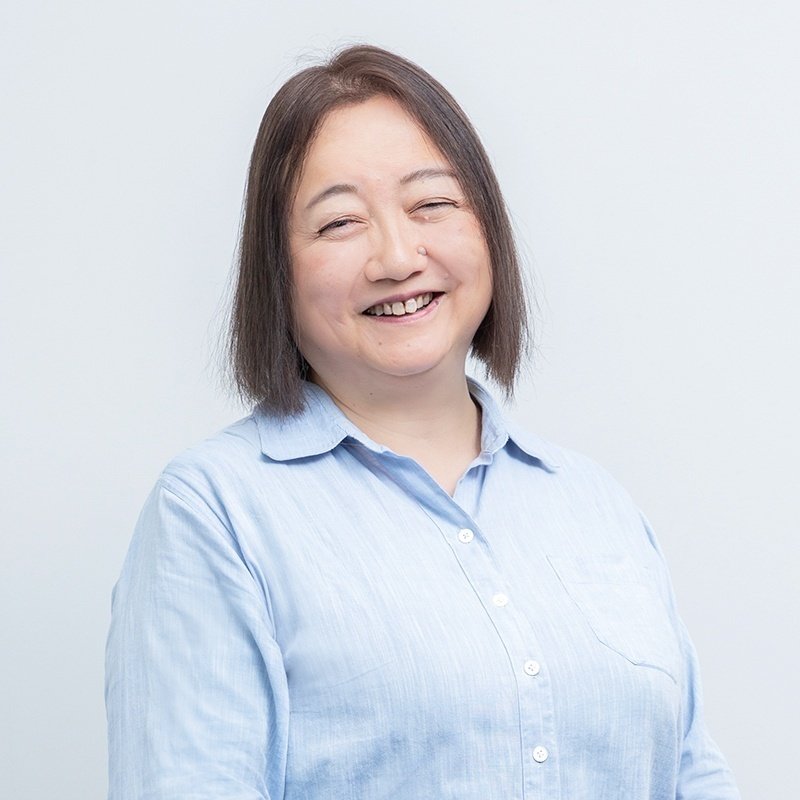
An idea nobody thought would ever become a reality
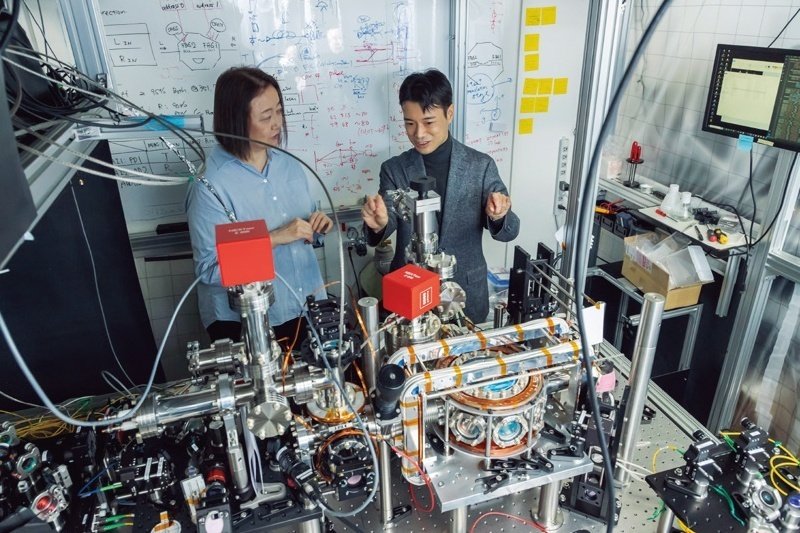
Furuta: Professor Aoki, how did you first get interested in quantum computing?
Aoki: I think I first heard the term “quantum computer” when I was an undergraduate student. At that time I was conducting experiments to observe interactions between light and matter, and, although these were certainly quantum-mechanical phenomena, they were quantum-mechanical phenomena taking place inside matter, and we were treating light as a purely classical phenomenon. So I decided the next thing I wanted to do was to see the quantum-mechanical nature of light with my own eyes. And it was right around that time—in 1998, when I was a second-year master's student—that I learned about some wonderful research being done by Furusawa Akira, who was then at the California Institute of Technology (he is now a professor at the University of Tokyo and Goal 6 Project Manager), who had used light to achieve successful quantum teleportation.
Furuta: Let me see—1998 would have been around the time of the first quantum-computing boom. It was in 1994 that an ultrahigh-speed quantum algorithm for factoring numbers was discovered, and it was the following year that the first physical implementation with trapped ion qubits was proposed, instantly spurring an intense flurry of research activity.
Aoki: Yes, around that time quantum computers were enjoying a bit of a boom, and pretty much everybody doing research in physics had heard something about them. But I suspect nobody back then believed we’d ever see the day when quantum computers could actually be built and operated.
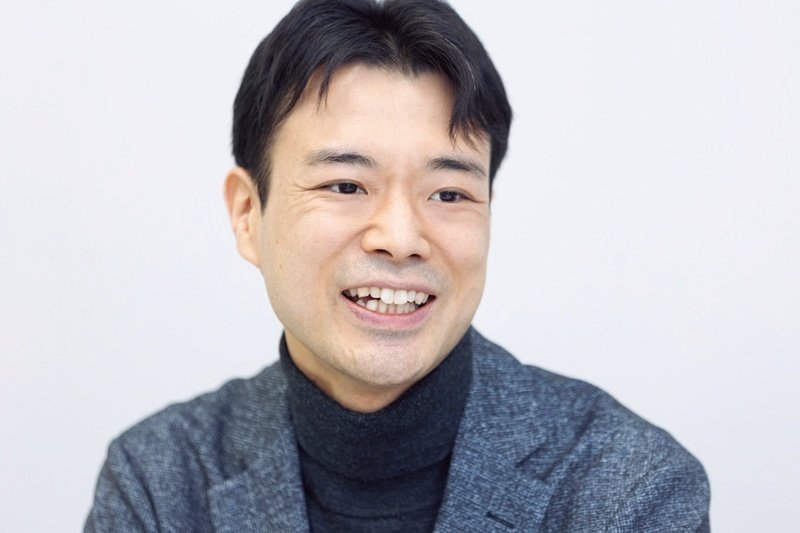
Furuta: I suspect the same. I first got interested in the field when I interviewed David Deutsch, a professor at Oxford University in England who pioneered the theory of quantum computation, and I've been following the history of quantum information ever since; I think almost nobody back in the 90s believed it might actually be possible to build a really functional quantum computer. In 1996, the well-known quantum physicist Serge Haroche even wrote a famous column titled “Quantum Computing: Dream or Nightmare?”, in which he predicted that quantum computers would never become a reality.
Aoki: To be honest, I didn’t believe it would be possible to build quantum computers either, but I still found the subject to be totally fascinating. Right when Professor Furusawa was returning to Japan and setting up his laboratory at the University of Tokyo, I visited him and asked about the field of quantum information. I knew for sure that this is what I wanted to do, and fortunately I was given a position as assistant professor—and that was how I entered the field of quantum information.
Using light to manipulate atomic qubits
Furuta: What kind of research did you do in Professor Furusawa’s laboratory?
Aoki: We used light to create many-body quantum entanglement. Quantum teleportation uses two quantum-entangled light beams to transfer the quantum state of a particle to another particle in a distant location; if you can create entanglement between three light beams, you could achieve quantum teleportation among three particles. Ultimately, we created quantum entanglement among 9 distinct specialized light beams and used this to conduct experiments involving quantum error correction for continuous variables. Our technique cannot be used in precisely the same form for actual quantum computation, but the experiment demonstrated the conceptual possibility of error correction for continuous variables.
The only problem was, spending all that time studying the quantum nature of light made me nostalgic for the quantum nature of matter. (Laugh) So that made me want to study physics in situations where both the quantum-mechanical properties of light and the quantum-mechanical properties of matter play key roles. And the subject of my current research, cavity quantum electrodynamics (QED), is precisely one such situation.
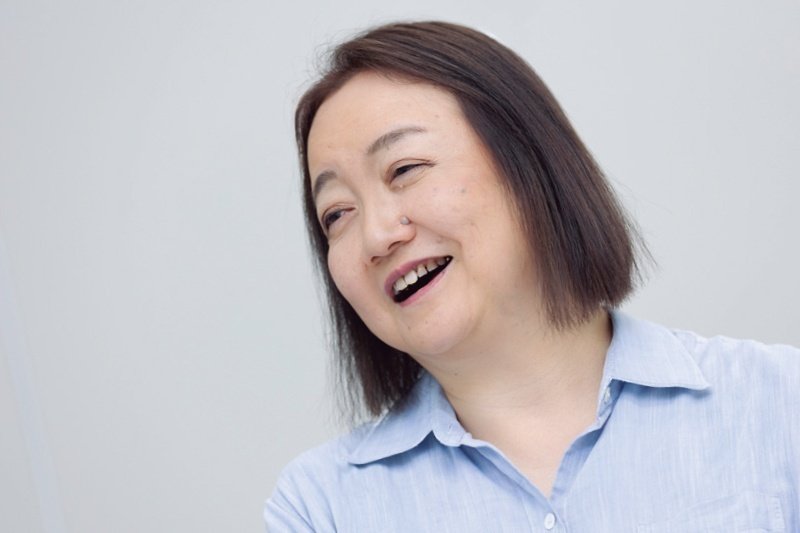
Furuta: Would you explain what QED is?
Aoki: A cavity is basically a box in which light gets trapped. Light is constantly moving through space at high speed, so it’s hard to confine it in a single location; however, if you can inject the light between two facing mirrors, the light will reflect off the mirrors and bounce back and forth between them over and over again, in which case it can’t escape to the outside. If you can trap a single photon in such a cavity and place an atom inside it, the photon will bump into the atom many, many times, creating a strong photon-atom interaction. This is called cavity QED, and it allows the quantum state of the atom to be adjusted at will by tuning its interaction with the photon. If the state of the atom encodes some type of information, then manipulating this state allows us to perform quantum computation.
Furuta: I see. So this is a type of quantum computer in which atomic qubits are manipulated by photons.
Aoki: Exactly. And we can do the opposite as well—encode information in photonic qubits and manipulate them using atoms. Our goal is to combine these two techniques to optimize the design of our quantum computer.
Furuta: It's interesting that you can use both atoms and photons as qubits. What are the prospects for scaling up your approach?
Aoki: If a single cavity contains 100 atoms, we have a 100-qubit quantum computer. My personal milestone for the 2025 moonshot is to get 1,000 qubits operating inside a cavity.
Furuta: The world's first quantum-computer experiments were based on the trapped ion system, in which ionic qubits are manipulated by microwaves. It's fascinating that still today, 30 years later, new ideas are bursting forth.
But why start pursuing a brand-new approach now?
Furuta: When many people hear the term "quantum computer," they might think of the superconductor-based quantum-computing architectures pursued by the likes of IBM and Riken. With that strategy already capable of achieving chips containing hundreds of qubits, what is your rationale for pursuing a brand new approach?
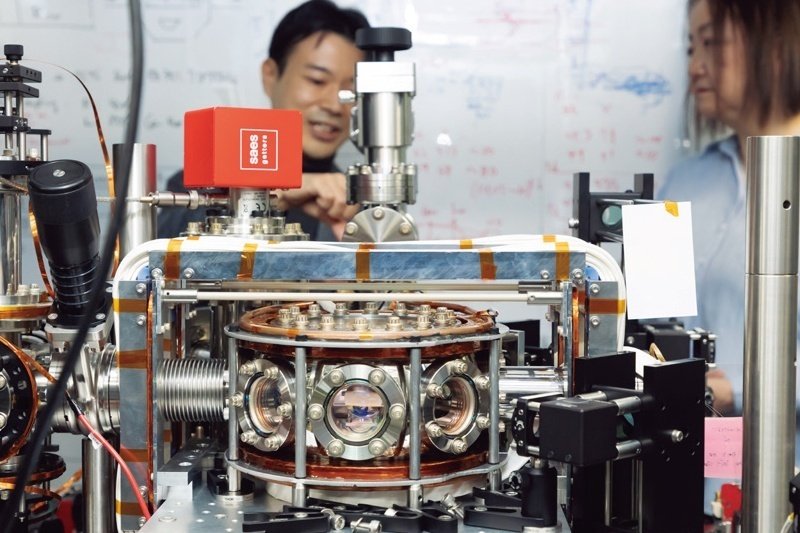
Aoki: Although quantum-computing research is advancing rapidly, the reality is that we’re still a long way from being able to compute anything that the world might actually find useful. First of all, the number of qubits is still hopelessly too small. IBM recently announced that it had built a chip containing a thousand qubits, but the challenge of building fault-tolerant quantum computers capable of carrying out large computations—while correcting errors arising in those computations—is expected to require at least a million, and possibly as many as 100 million, qubits.
And yet, within the superconducting-chip approach, increasing the number of qubits by multiple orders of magnitude is expected to be very difficult. It will require a distributed-computing approach with large numbers of interconnected chips, but then it will be necessary to cool at very low temperature not only the chips themselves, but also the cables used to connect them. Either the entire assembly will need to be installed in an enormous refrigerator, or chips running in multiple refrigerators will need to be interconnected via cooled cables. Neither of these possibilities is impossible, but both are extremely difficult.
Furuta: So you’re saying that, even though people are now capable of building more qubits than ever before, nonetheless there remain high barriers to further upscaling.
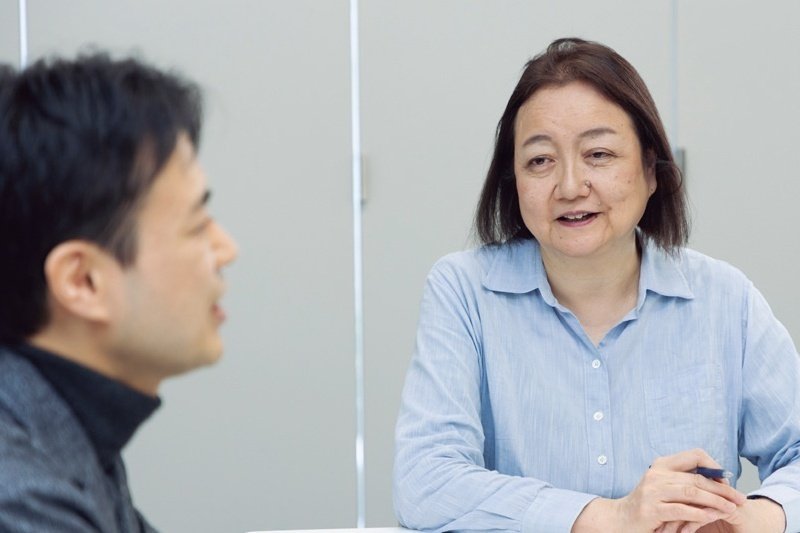
Aoki: It’s not just the superconductor approach—every one of the various quantum-computing strategies being studied today is difficult to scale individually, and I believe they will each require a distributed architecture. In that sense, our approach has one overwhelming advantage: In cavity-QED systems, the interactions of atomic qubits are mediated by photons. If the cavity mirrors are given a certain nonzero transmissivity, the photons can escape to the outside world after traveling back and forth between the mirrors. By capturing these photons in low-loss optical fibers and delivering them to another cavity, we can achieve interactions between atoms in separate cavities—and an entire multi-cavity assembly can function as a single quantum computer. The fact that any two atoms in such an assembly can be made to interact directly with each other via photons is another major advantage.
Furuta: Professor Aoki, I've been told that your cavity-QED strategy is highly original and rather unique.
Aoki: Well, the early cavity QED systems involved light traveling past atoms between pairs of facing mirrors. The field was led by people like Serge Haroche, whom you mentioned earlier, who used electromagnetic waves in the microwave frequency regime, and by Jeff Kimble at Caltech, who used light at wavelengths near the visible regime. In the mid-2000s I had the opportunity to do research in Professor Kimble's laboratory. My project involved using nano-fabrication techniques to fabricate devices containing optical cavities on a silicon chip, then studying interactions between photons and atoms in these cavities. I remember working on my experiment for a long time without seeing any results, and then, just a few days before going back to Japan, as I was packing up my stuff while trying to continue my research, I finally succeeded and got some good data.
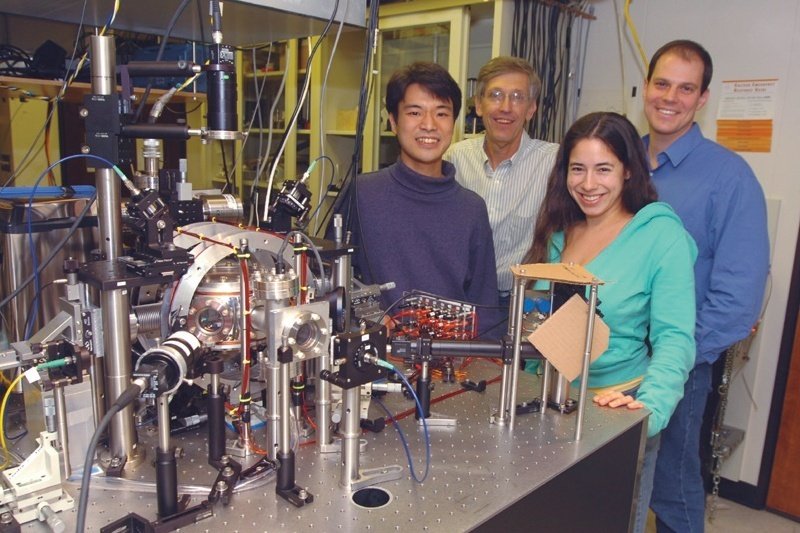
In my subsequent research, it occurred to me that, rather than using conventional cavity devices, we might achieve better efficiency by trapping photons directly inside the ultra-thin optical fibers we had been using to interconnect the cavities. After coming up with a number of solutions to overcome various hurdles, in 2014 we successfully completed a completely new, ultra-low-loss, nanofiber cavity QED system.
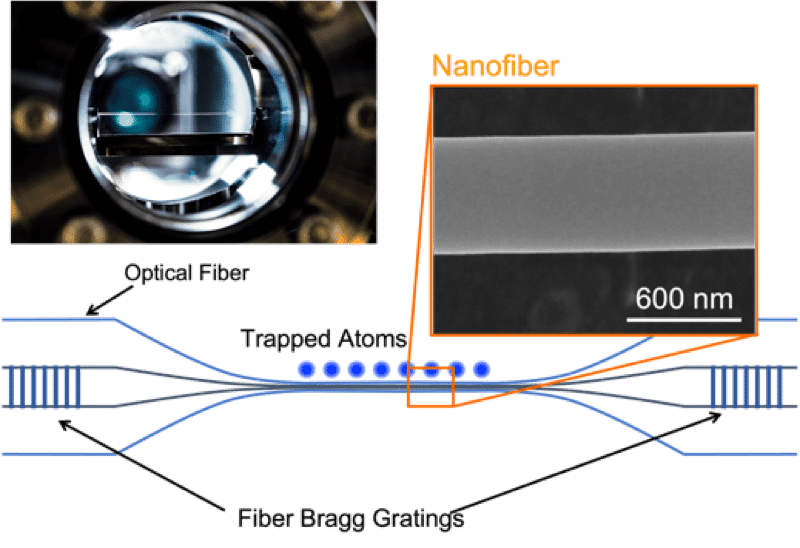
Furuta: It was around that time that a team at the University of California at Santa Barbara fabricated a superconducting qubit chip with sufficient fidelity to allow error correction in principle—and, all of a sudden, there was a distinct change in the air. Until then, quantum computers had been dismissed as little more than fantasy machines studied by eccentric cranks, but that moment became a true development milestone on the road to reality.
Aoki: That's exactly what happened. I had originally planned to do research in fundamental physics, but at some point I looked around and realized that researchers working with a variety of distinct physical systems were all starting to move toward developing quantum computers based on those systems. That was when I first started thinking seriously about applications to quantum computing—which, as you suggested, I had previously thought of as something of a fairy tale. And I eventually came to believe that our system had significant advantages when it came to realizing distributed quantum computation.

Having said that, the physical system we’re using is the most recent system to be developed for quantum-computing applications—and, on top of that, it’s a totally original idea. In theory, we expect to be able to create high-precision qubits, but the experimental proof is yet to come. Developing this approach as a technology is a task for the future—we're starting at the proof-of-concept stage.
Furuta: How do you expect quantum-computing research to evolve going forward?
Aoki: There remain several significant challenges to be overcome before the ultimate goal of fault-tolerant quantum computers can be achieved, and I think we will need many breakthroughs to get there. Nonetheless, as a researcher working in the trenches today I'm confident that we're making progress toward quantum computers that really will change the world.
The range of physical systems capable of performing quantum computation is truly broad and diverse, and the features of these systems vary significantly. I think it’s quite likely that no one system will establish a decisive final victory—instead, I think we’ll see hybrid approaches to performing quantum computations, with various physical systems deployed in concert to exploit each other's strengths and compensate each other's weaknesses. My hope is that the field as a whole can work together, even as we compete with each other, to traverse a long and successful trajectory of research and development.
Furuta: I fear that present-day expectations for quantum computers have so far outpaced their actual capabilities that society is almost certain to be disappointed by what the future brings. But I also believe the field isn’t going to die. The trajectory may mirror that of AI—a field that survived many dark winters of skepticism and disillusionment before emerging, after major recent breakthroughs, as a truly world-changing technology. What form will future quantum computers assume? Nobody knows, but one certainty is that spectators can look forward to a fascinating ride.
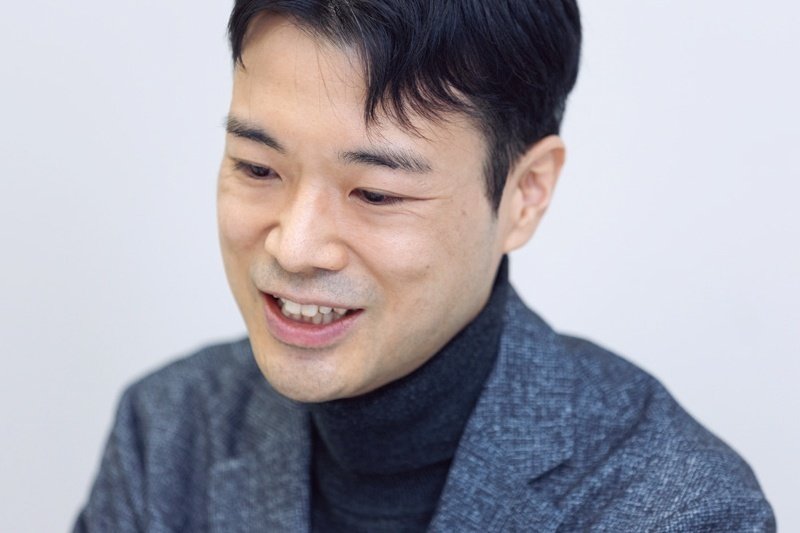
Written by Furuta Aya
Photos by Mori Takahiro
Edited by: Sci-Tech Communications Inc.
Related information
■ Moonshot Research and Development Program
■ Moonshot Goal 6
Realization of a fault-tolerant universal quantum computer that
will revolutionize economy, industry, and security by 2050.
■Goal 6 R&D Projects
Large-scale quantum hardware based on nanofiber cavity QED
(Project Manager: Aoki Takao)
■ Nanofiber Quantum Technologies, Inc.


